A pre-print study reveals that young blood plasma given to older mice reduced aging by an average of 54% across multiple tissues; and had an impact on other signs of aging, such as cellular senescence, fat accumulation, and behavioural measures.


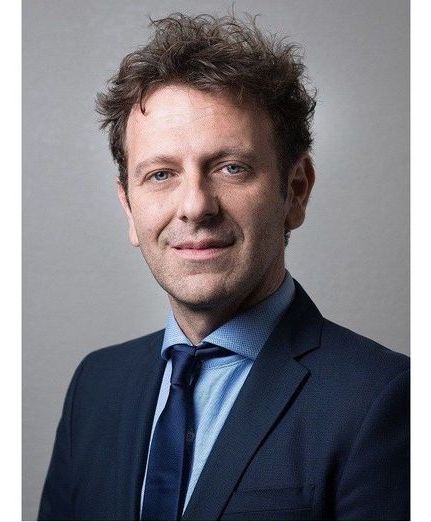
“We’ve wondered if it might be possible to simply rewind the aging clock without inducing pluripotency,” said Vittorio Sebastiano, assistant professor at Stanford University and senior author of the Nature Communications article. “Now we’ve found that tightly controlling the exposure to these proteins can promote rejuvenation in multiple human cell types, including stem cells. This has profound implications for regeneration and restoration of cell functionality of aged tissues.”
MOUNTAIN VIEW, Calif., March 25, 2020 /PRNewswire/ — A study published in the respected Nature Communications journal highlights the promise of technology being developed by Turn Biotechnologies to treat age-related health conditions.
The study by researchers at the Stanford University School of Medicine found that old human cells can be induced into a more youthful and vigorous state when they are exposed to a rejuvenating treatment that triggers the limited expression of a group of proteins known as Yamanaka factors, which are important to embryonic development.
https://facebook.com/LongevityFB https://instagram.com/longevityyy/ https://twitter.com/Longevityyyyy https://linkedin.com/company/longevityy/
- Please also subscribe and hit the notification bell and click “all” on these YouTube channels:
https://youtube.com/channel/UCAvRKtQNLKkAX0pOKUTOuzw
https://youtube.com/user/BrentAltonNally
https://youtube.com/user/EternalLifeFan
https://youtube.com/user/MaxSam16
https://youtube.com/user/LifespanIO/videos
SHOW NOTES WITH TIME STAMPS:
:00 CHANNEL TRAILER
:22 Gene The Chromosome intro
:14 José interview begins. Follow José Cordeiro on social media: https://facebook.com/josecordeiro2045 https://linkedin.com/in/josecordeiro/ https://twitter.com/cordeiro https://instagram.com/josecordeiro2019/ https://youtube.com/channel/UCnf2guj8tjfigS3w2UV51Qg
:55 https://raadfest.com/ Watch 2019 RAADFest Roundup https://youtube.com/playlist?list=PLGjySL94COVSO3hcnpZq-jCcgnUQIaALQ
:14 BUY LA MUERTE DE LA MUERTE (THE DEATH OF DEATH)
:20 Transhumanist’s 3 core beliefs
:22 Law of Accelerating Returns
:45 José believes we will cure human aging in the next 2–3 decades
:31 quantum computers
:33 Ray Kurzweil
:02 Longevity Escape Velocity
:56 The Singularity is Nearer
:46 the world is improving overall thanks to science and technology
:35 overpopulation fallacy
:14 Idiocracy
:53 Zero to One
:10 human aging and death is the biggest problem for humanity
:45 José plans to be biologically younger than 30 by 2040–2045
:02 How to convince religious people to believe in science and biorejuvenation
:44 everything is “impossible” until it becomes possible
:44 Artificial General Intelligence (AGI)
:20 José is not afraid of Artificial Intelligence. José is afraid of human stupidity.
:00:20 Brent Nally & Vladimir Trufanov are co-founders of https://levscience.com Watch to learn more https://youtube.com/watch?v=iSGJs4_Qkd8&t=1266s
:01:15 Watch Brent’s interviews with Dr. Alex Zhavoronkov https://youtube.com/watch?v=w5csqq8RAqY & https://youtube.com/watch?v=G5IiEuXHvk8
:02:40 José shares what he believes causes human aging and the best treatments for aging
:09:04 Watch Brent’s interviews with Dr. Aubrey de Grey https://youtube.com/watch?v=TquJyz7tGfk&t=226s & https://youtube.com/watch?v=RWRa6kVKv8o
:11:30 Dr. David Sinclair
:12:01 non-aging related risks for human death
:13:08 Watch Transhumania cryonics video https://youtube.com/watch?v=8arbOJpDTMw
:22:30 We wish everyone incredible health and a long life!
:23:26 first ~3 minutes of Idiocracy https://youtube.com/watch?v=YwZ0ZUy7P3E
:25:55 Gennady Stolyarov II
:30:10 THE LIFE OF LIFE
:32:05 there are many biologically immortal species
:33:02 telomerase gene therapy
:37:38 Viva la Revolución!
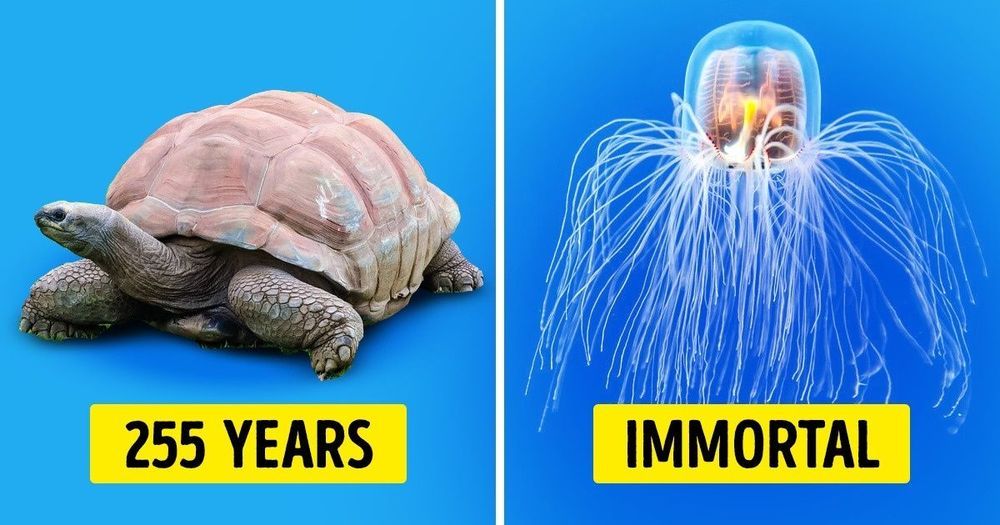
In the human world, if you make it up to 90 years old or more, you’re considered to have remarkable longevity. But in the animal world, 90 years old is still considered a baby’s age. Some of these creatures have been around for so long that nowadays they’re considered living fossils since dinosaurs are their direct relatives.
Bright Side is encouraging you to take a look at some creatures that have been on Earth way longer than the human species and some of them were born when the Age of Discovery had not even started. And there’s a surprising bonus waiting for you at the end of the article!
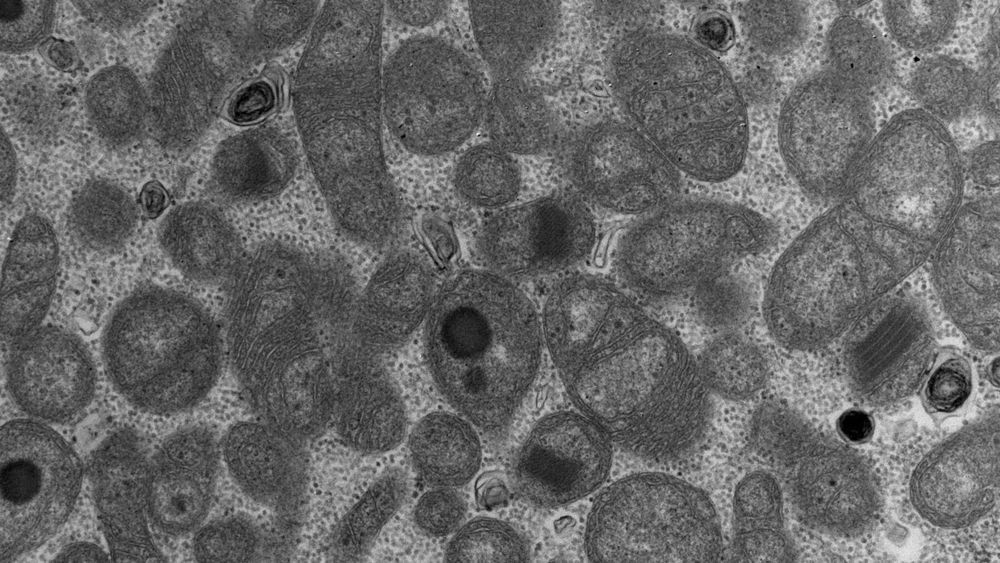
An international team of scientists, led by University of Helsinki reported that vitamin B3, niacin, has therapeutic effects in progressive muscle disease. Niacin delayed disease progression in patients with mitochondrial myopathy, a progressive disease with no previous curative treatments.
Vitamin B3 forms have recently emerged as potent boosters of energy metabolism in rodents. These vitamins are precursors for NAD+, a molecular switch of metabolism between fasting and growth modes.
As fasting has been shown promote health and longevity in for example mice, a variety of “NAD boosters” are being developed. However, whether actual NAD+ deficiency exists in human disease, and whether NAD+ boosters could have curative effects in patients with degenerative diseases, has remained elusive.
Ira Pastor, ideaXme life sciences ambassador, interviews Dr. Mark Wolff, Morton Amsterdam Dean, and Professor, Division of Restorative Dentistry, at the University of Pennsylvania, School of Dental Medicine.
Ira Pastor Comments:
So as frequent listeners of the ideaXme show know, we spend a lot of time talking about the theme of “healthy aging”, and the reality that aging, and related biological changes associated with aging, occur across all of the body’s cells, tissues, and organs, and these changes affect all structure and function of the body, including the teeth and gums, and as such, oral health is the focus of our show today.
The underlying processes of biological aging can dramatically affect oral health and many of the specific changes that occur over time in our bodies as we age (such as cells renewing at a slower rate, tissues become thinner and less elastic, bones become less dense and strong, our immune system become weaker, such that infection can occur more quickly and wound healing takes longer), can have major impact in the oral cavity (affecting tissue and bone in the mouth), as well as trickle down effects on the rest of the body.
Oral health problems in older adults include, but are not limited to: untreated tooth decay, gum disease, tooth loss, oral cancer, as well as exacerbated chronic disease associated with various co-morbid conditions and physiologic changes associated with aging (e.g., hypertension, diabetes mellitus).
Dr. Mark Wolff:

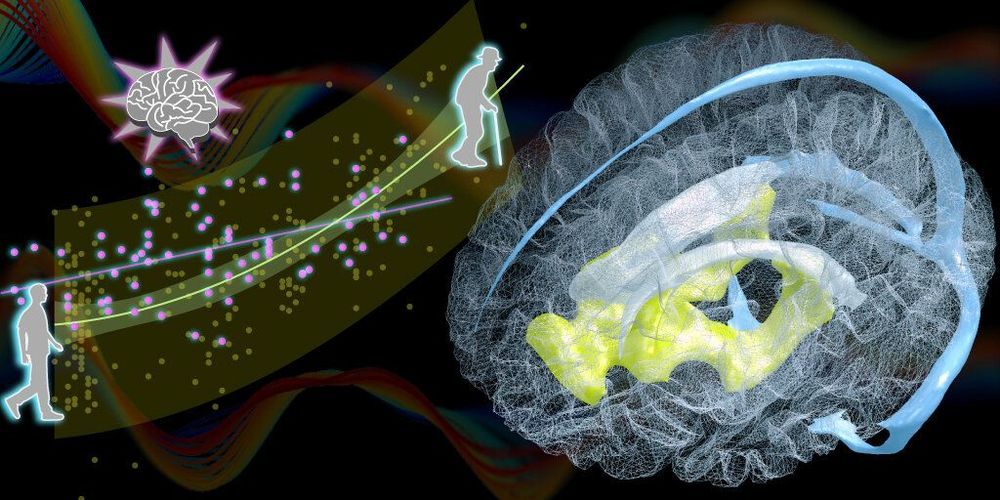
Researchers at the RIKEN Center for Biosystems Dynamics Research (BDR) in Japan have identified changes in the aging brain related to blood circulation. Published in the scientific journal Brain, the study found that natural age-related enlargement of the ventricles—a condition called ventriculomegaly—was associated with a lag in blood drainage from a specific deep region of the brain. The lag can be detected easily with MRI, making it a potential biomarker for predicting ventriculomegaly and the aging brain, which can then be treated quickly.
Ventriculomegaly is an abnormal condition in which fluid accumulates in the ventricles of the brain without properly draining, making them enlarged. Although ventricular enlargement within normal range is not itself considered a disease, when left unchecked it can lead to ventriculomegaly and dementia resulting from normal pressure hydrocephalus. In their study, the team found that ventriculomegaly was associated with changes in blood circulation of the brain. “We found an age-related perfusion timing shift in the brain’s venous systems whose lifespan profile was very similar to, but slightly preceded that of ventricular enlargement,” explains first author Toshihiko Aso.
After blood circulates through the brain providing necessary oxygen, the deoxygenated blood must return to the heart though our veins. This happens through two pathways, one draining blood from regions close to the surface of the brain, and the other from areas deep in the brain. By using MRI to measure changes in blood flow, the team at BDR recently found that as we age, the time it takes for blood to drain through these two pathways becomes out of sync. The result is a time lag between the deep drainage pathway and the surface pathway, which increases with age.
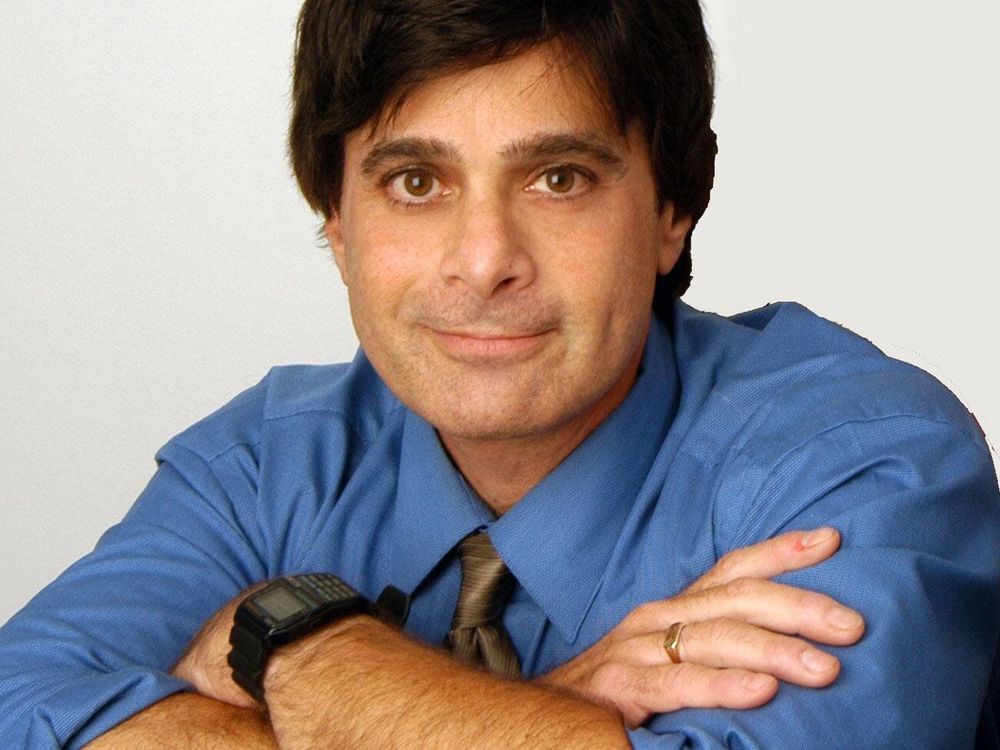
Scientists at Sanford Burnham Prebys Medical Discovery Institute and Loma Linda University Health have demonstrated the promise of applying magnetic resonance imaging (MRI) to predict the efficacy of using human neural stem cells to treat a brain injury—a first-ever “biomarker” for regenerative medicine that could help personalize stem cell treatments for neurological disorders and improve efficacy. The researchers expect to test the findings in a clinical trial evaluating the stem cell therapy in newborns who experience a brain injury during birth called perinatal hypoxic-ischemic brain injury (HII). The study was published in Cell Reports.
“In order for stem cell therapies to benefit patients, we need to be thoughtful and scientific about who receives these treatments,” says Evan Y. Snyder, M.D., Ph.D., professor and director of the Center for Stem Cells and Regenerative Medicine at Sanford Burnham Prebys, and corresponding study author. “I am hopeful that MRI, which is already used during the course of care for these newborns, will help ensure that infants who experience HII get the best, most appropriate treatment possible. In the future, MRI could help guide the use of stem cells to treat—or in some instances, not treat—additional brain disorders such as spinal cord injury and stroke.”
Scientists now understand that, in many instances, human neural stem cells are therapeutic because they can protect living cells—in contrast to “re-animating” or replacing nerve cells that are already dead. As a result, understanding the health of brain tissue prior to a stem cell transplant is critical to the treatment’s potential success. Tools that help predict the efficacy of neural stem cell therapy could increase the success of clinical trials, which are ongoing in people with Parkinson’s disease, spinal cord injury and additional neurological conditions, while also sparing people who will not respond to treatment from an invasive procedure that offers false hope.
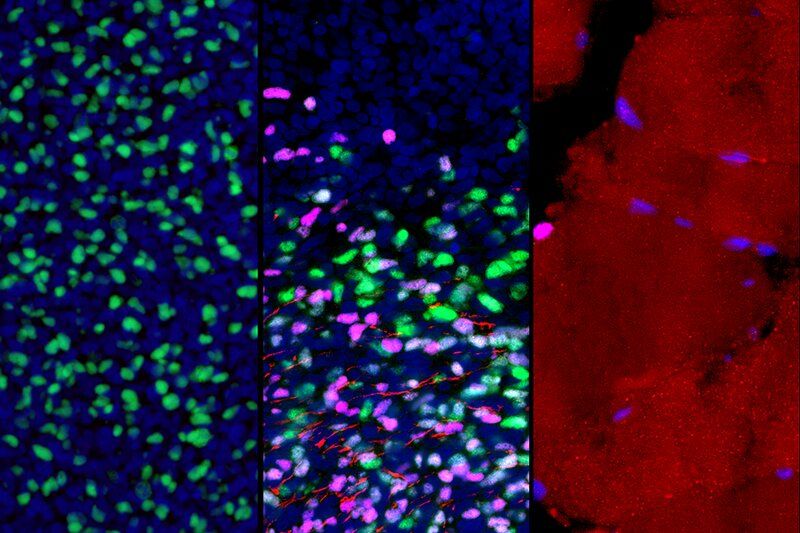
An interdisciplinary team of researchers at the Eli and Edythe Broad Center for Regenerative Medicine and Stem Cell Research at UCLA has developed a first-of-its-kind roadmap of how human skeletal muscle develops, including the formation of muscle stem cells.
The study, published in the peer-reviewed journal Cell Stem Cell, identified various cell types present in skeletal muscle tissues, from early embryonic development all the way to adulthood. Focusing on muscle progenitor cells, which contribute to muscle formation before birth, and muscle stem cells, which contribute to muscle formation after birth and to regeneration from injury throughout life, the group mapped out how the cells’ gene networks—which genes are active and inactive—change as the cells mature.
The roadmap is critical for researchers who aim to develop muscle stem cells in the lab that can be used in regenerative cell therapies for devastating muscle diseases, including muscular dystrophies, and sarcopenia, the age-related loss of muscle mass and strength.